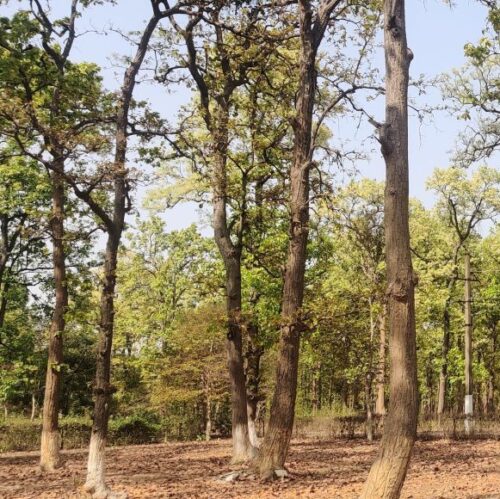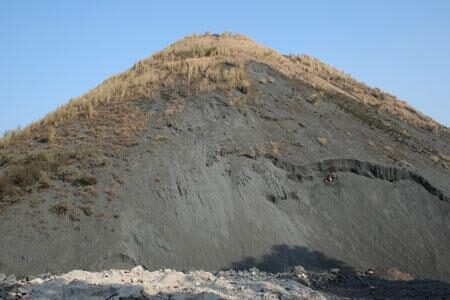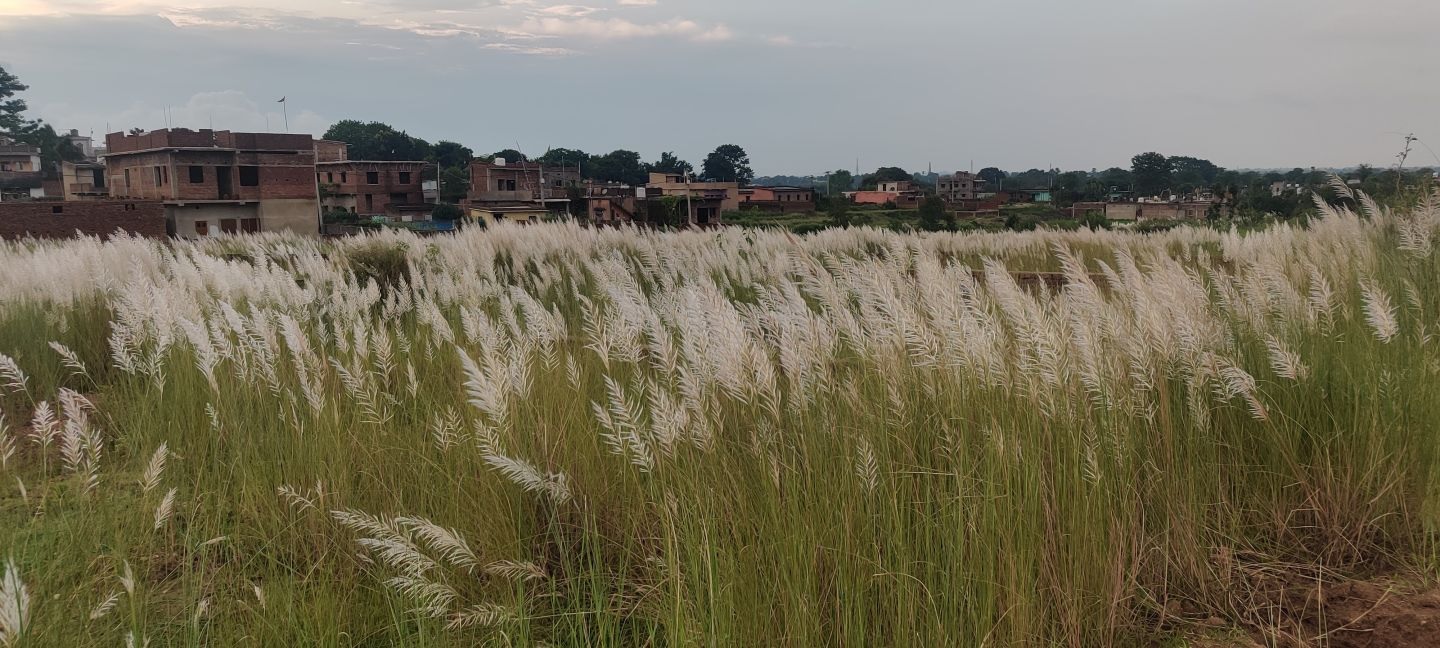Conservation of the environment implies the sustainable use and management of natural resources, including wildlife, water, air, and soils.
It usually focuses on human needs and interests, including the natural environment’s biological, economic, cultural, and recreational values.
Conservation goes with the word preservation, which means protecting the environment. The conservation of the environment is the act of conserving or saving our natural resources through careful management practices.
This means that anyone can use the environment’s resources wisely and responsibly. Reducing waste, protecting trees and forests, recycling, using renewable sources, etc., are some of the responsible conservation practices.
A survey occasionally shows that wildlife species are disappearing faster than ever in Earth’s history while the average global temperature is dangerously rising. Glaciers are melting, extreme weather events are becoming more common, and if we do not start taking better care of the environment, we are risking unprecedented climate change that may threaten the very existence of life as we know it today on a global scale.
Although the planet’s climate is known to go through cycles and to change dramatically in the past, the climate change we are already witnessing is primarily a result of human activities.
Need of conservation
Anthropogenic reasons, or human hands behind the depletion of most of our environmental resources and the loss of species, are the basic matters of concern for any effort to protect and conserve the environment. The population explosion in many parts of the world is increasing environmental pressure.
Some of the basic challenges to the environment today are –
1. The loss of wildlife habitat has already pushed several wildlife species towards extinction.
2. Forest loss leads to a serious increase in carbon dioxide and other greenhouse gases in the atmosphere, further increasing the degree of greenhouse effect, resulting in global warming, melting ice caps, rising sea levels, and climate change.
3. Exploitation, overuse, and wastage of environmental resources have gone up to such an extent that the natural environment has lost its capacity for replenishment.
4. The increasing concentration of different gases emitted through the burning of fossil fuels is contributing to climate change, which is affecting agricultural productivity and endangering the lives of this planet.
5. The fast replacement of synthetic, non-decomposable materials in daily life and agriculture has increased, causing biomagnifications and other hazardous impacts.
What can be done?
The conservation and preservation of the environment are global issues that require global efforts to avert their dangers. These countries are trying hard to reach a consensus on remedial measures.
Unfortunately, some developed countries do not appear to be serious about solving the problem and try to put pressure on controlling pollution action on the developing nations who are already reluctant given the development of their economy.
Many developing nations have started their efforts in this direction, but until all the nations of the world stand fast with joint efforts, the solution to the global problem will remain far away.
Some countries do not want to adopt rigorous environmental laws and accept those complex treaties proposed at world summits because of their fast economic growth. Many environmentalists, therefore, worry that global action will start only when it is too late and urge the people to take action themselves.




